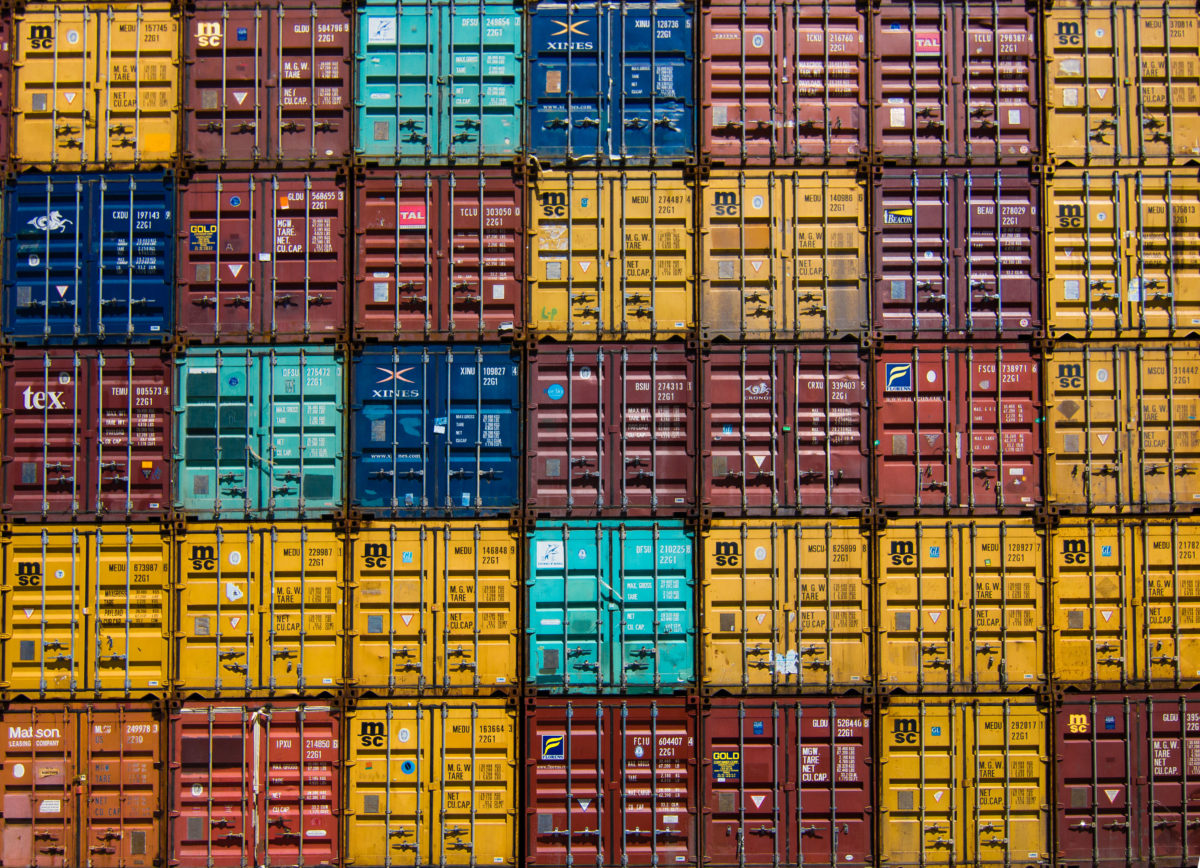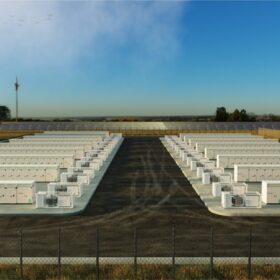Today, the U.S. Department of Commerce issued a preliminary determination that certain companies in Southeast Asia are circumventing Anti-Dumping/Countervailing Duties (AD/CVD) imposed on Chinese solar products.
This is in response to the AD/CVD case filed in February by Auxin Solar (a small U.S.-based panel assembler) against Malaysia, Thailand, and now Cambodia. This filing came just months after the Commerce Department tossed out an earlier similar request by an anonymous group of solar companies that sought tariffs on a handful of companies that import modules. About 80% of US crystalline-silicon modules are shipped from Vietnam, Malaysia, and Thailand. Auxin claims Chinese manufacturers are shipping cells to these countries to avoid paying tariffs that have been in place since 2012.
“We’re obviously disappointed that Commerce elected to exceed its legal authority. As a basic fact, solar cell and module manufacturing greatly exceed the anticircumvention statute’s ‘minor or insignificant processing’ limitation,” said Abigail Ross Hopper, president and CEO of the Solar Energy Industries Association (SEIA).
At the time of the filing, SEIA estimated that the implementation of AD/CV tariffs would result in the loss of 16 GW of new solar installations, a figure which represents more than half of what was installed in the U.S. last year. In addition to project delays and cancellations, SEIA estimated that enacted tariffs could put put 70,000 U.S. solar jobs at risk.
Hopper said that the only good news about today’s announcement is that Commerce didn’t target all imports from the subject countries. “Nonetheless, this decision will strand billions of dollars’ worth of American clean energy investments and result in the significant loss of good-paying American clean energy jobs. While President Biden was wise to provide a two-year window before the tariff implementation, that window is quickly closing, and two years is simply not enough time to establish manufacturing supply chains that will meet U.S. solar demand,” she said.
Whether or not tariffs have ever worked to increase domestic production is a “question of folklore,” writes John Fitzgerald Weaver in a recent pv magazine usa article. The article states that data shows that the United States saw paltry amounts of solar capacity growth preceding the Inflation Reduction Act. Immediately after the IRA act was signed, the industry was booming.
Michael Parr, executive director of the Ultra Low-Carbon Solar Alliance, pointed out that the Commerce decision makes it clear that the solar supply chain is deeply challenged. “We need to accelerate investments in solar manufacturing in low-carbon economies to build out a better solar supply chain,” he said. “PV purchasers like Lightsource bp, D. E. Shaw Renewable Investments and Silicon Ranch are demonstrating the important role buyers play in accelerating the build out of this more diverse, resilient solar supply chain. Buyers can send a powerful market signal through long-term supply agreements with low-carbon manufacturers to help ensure the development of robust PV manufacturing capacity for the future,” Parr said.
The National Renewable Energy Laboratory’s recent, U.S. Solar Photovoltaic System and Energy Storage Cost Benchmarks, With Minimum Sustainable Price Analysis: Q1 2022 show that prices soared throughout the U.S. economy between Q1 2021 and Q1 2022 due to disruptions including the AD/CVD filing. Reports from the U.S. Energy Information Administration showed that while developers had planned to install 17.8 GW in the first half of 2022, only 4.2 GW was installed and brought online—pointing to module supply challenges, which led to cancellations and delays.
“This is a mistake we will have to deal with for the next several years,” Hopper concluded.
This content is protected by copyright and may not be reused. If you want to cooperate with us and would like to reuse some of our content, please contact: editors@pv-magazine.com.









This is enough to make a person gag. First we’ve got the electric utilities and corrupt members of many utility regulators trying to kill rooftop solar. Then there’s the fossil-fuel industry sending millions of dollars to anti-clean & renewable energy politician’s campaigns. Then we’ve got the Dept of Commerce helping to slow or kill all solar installations in the US as best they can by saddling imported solar panels with tariffs. And it’s US citizens who ultimately pay for all this garbage, enriching the fossil-fuel executives and investors, and enriching the corrupt politicians who’ll play the game.